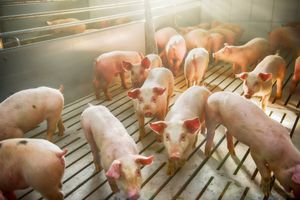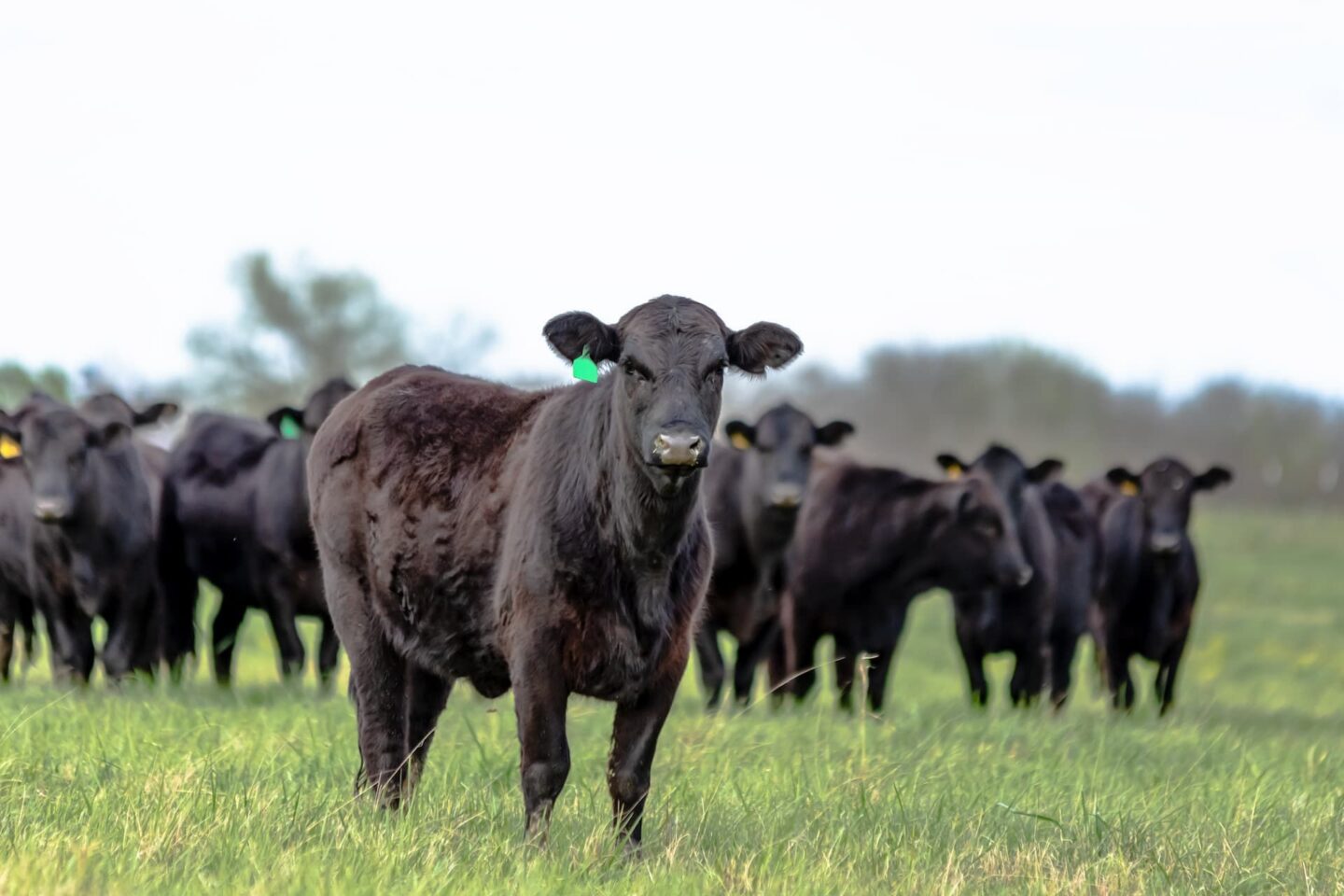Top 5 Benefits of Livestock Risk Protection
And 3 recent updates for livestock operations

Food, water and disease management are the principles of raising livestock – and maybe a little bit of luck. But with ever-present market volatility casting uncertainty on prices, safety precautions for your livestock operation aren’t the only thing keeping farmers and ranchers up at night. Thankfully, protecting your operation is made easier with Livestock Risk Protection (LRP) insurance.
Let’s first break down the basics. LRP insurance is:
- A U.S. Department of Agriculture single-peril insurance program offered by the department’s Risk Management Agency (RMA).
- Available for swine, fed cattle and feeder cattle.
- Protects ranchers and livestock farmers from adverse price changes in the livestock markets.
- Is similar to a put option, allowing farmers to establish a floor price for protection while leaving the upside price potential open.
First introduced in 2002, LRP has undergone changes to make the program more helpful for farmers. Recent program adjustments are making this risk-management tool even more attractive for a variety of farmers and ranchers.
So, why should a producer consider leveraging LRP for overall risk mitigation? And what recent policy updates should you be aware of? We’re glad you asked.
Top 5 benefits of LRP
- Protects your investment if prices drop before your cattle go to market while also preserving your upside potential. “Unlike other RMA livestock programs, you’re locking in revenue and are guaranteed that price,” says Whitney Redig, district sales manager for ProAg. “Taking that flux out of it and bringing certainty to the farmer from a risk-management standpoint is very attractive.”
- Has no minimum head limits and the maximum head limit number continues to increase.
- Is available year-round along with numerous coverage options.
- Typically costs less than other options and is usually perceived more favorably by lenders. Also, no brokerage fee or margin calls are required.
- Farmers can sell LRP-covered livestock up to 60 days prior to the end date, whereas previously, this was 30 days. This was a big relief to Western operations because they were running out of pasture space to support their cattle and feed is highly expensive out here,” says senior district sales manager Jacqueline Da Rocha. “RMA Manager Bulletin 22-004 helps support cattle farmers facing those hard drought-related decisions.”
More from the experts:
One of the biggest draws of the LRP program is how customizable it is for a variety of farmers and ranchers across the country. “A farmer could literally insure one head. There’s no minimum,” says Des Moines-based Redig. “And the maximums have also recently increased, so it’s really tailored for any-sized operation.”
Often viewed as a win-win for livestock farmers and ranchers, LRP doesn’t come without questions. Western U.S.-based Jacqueline Da Rocha serves livestock farmers often struggling with drought.
“One thing I hear frequently from farmers and ranchers is that they like the product but wonder how they get out of it if they contract,” shares Da Rocha. “I tell them, ‘Even if you know you are going to contract during the endorsement period you will still have risk until you transfer ownership. Set up your endorsement so you control your risk until you transfer ownership.’”
Recent LRP policy changes
- Head limits have increased, an industry-wide benefit. Maximum head limits include:
- Swine: 70,000 per endorsement and 750,000 head per crop year
- Fed cattle: 12,000 per endorsement and 25,000 head per crop year
- Feeder cattle: 12,000 per endorsement and 25,000 head per crop year
- Indemnity payments to farmers will now be required within 30 days, previously 60 days.
- Adding coverage across all entities for swine.

So how does coverage work? Let’s break down a sample calculation.
The scenario:
A young livestock farmer purchases 550-lb steers and does not yet have financial leverage. They plan to feed them out to 900 pounds, so they are considering a 21-week endorsement. The farmer looks at endorsements ending in 21 weeks and sees 10 options. What makes the most sense for them? With a firm understanding of feed costs, they went with the highest coverage level 99.46% ($46/head, $1.77 locked-in price). After their ending date, the ending value is released by RMA.
The result:
- If the price is lower, they will receive the difference (less insurance premium).
- If the price is higher than was locked in ($1.77), the farmer is not eligible for an indemnity payment.
Crop insurance agents will run quotes daily after the premium rates and coverage level prices are released. Farmers are encouraged to pick a price they’re comfortable with, and not chase beyond that, to spread the risk. And, because of how LRP is structured, farmers do not have to insure their entire herd at the same price. Farmers have the flexibility to insure a certain percentage of their herd at any time – with no minimum. Whether you want to insure 10% of your herd one week and another 10% the next, this flexibility allows producers to be more competitive and minimize risk.
And that’s a breakdown of LRP insurance and a few recent updates. Get in touch with your crop insurance agent to see if LRP is the right fit for your livestock operation.
